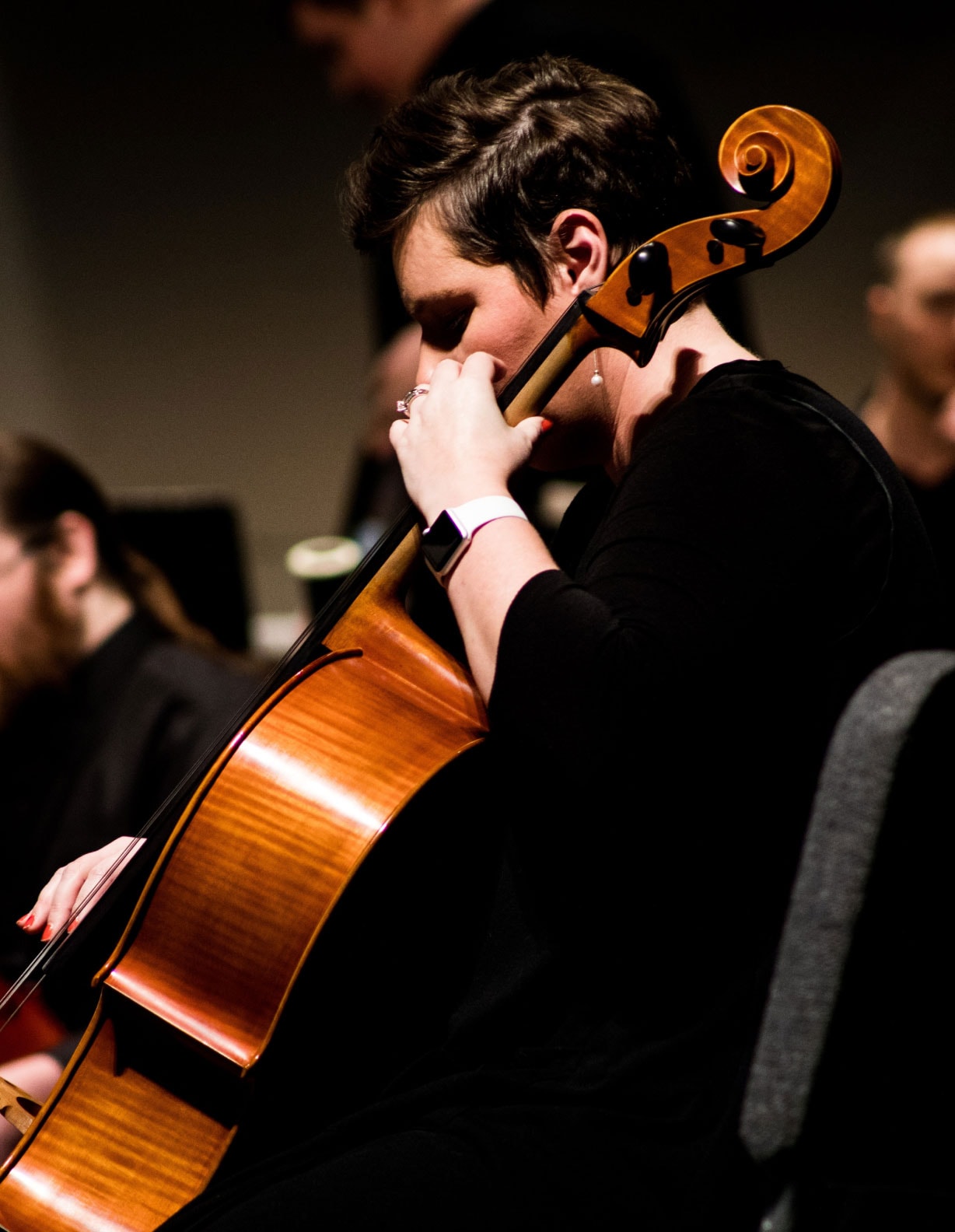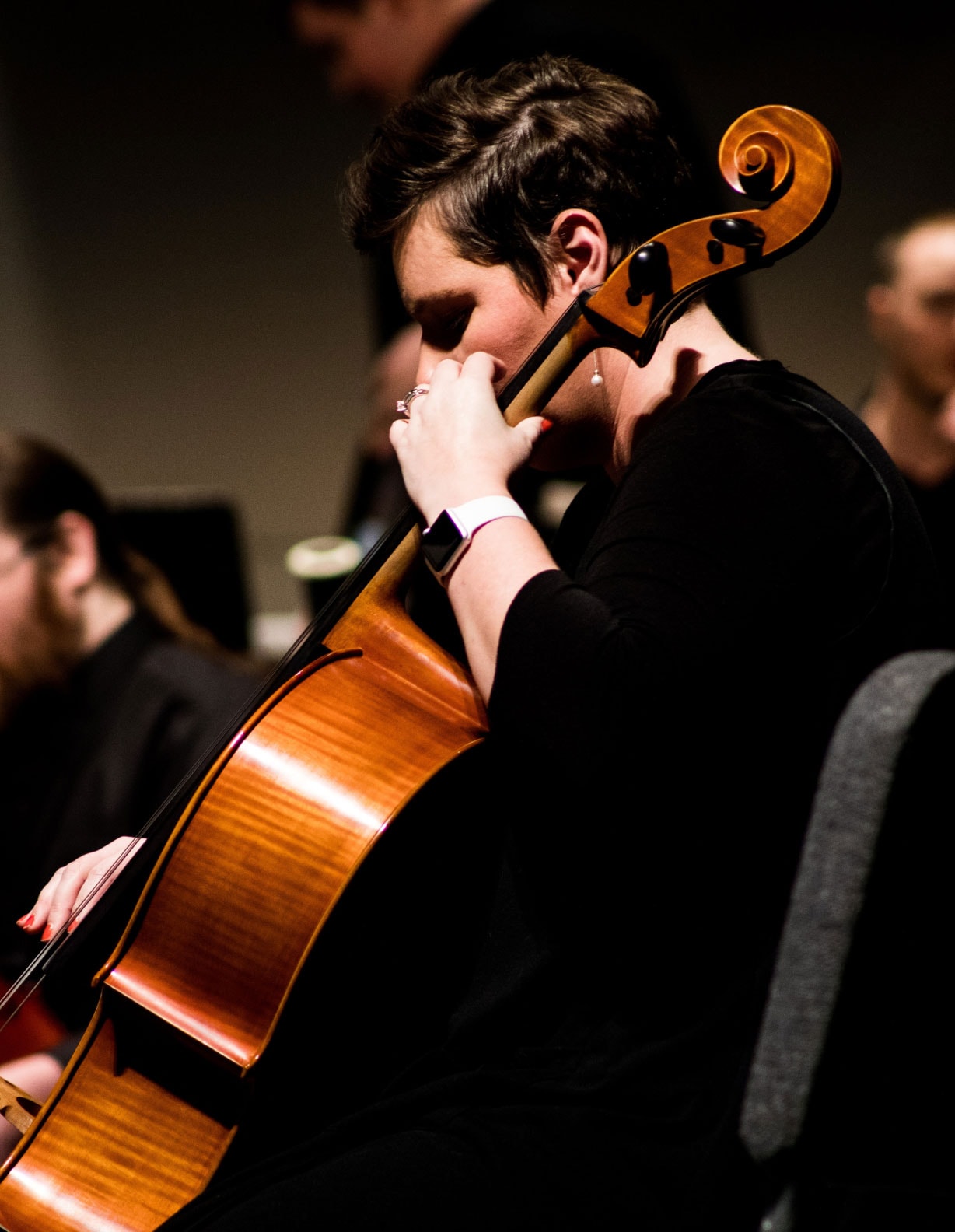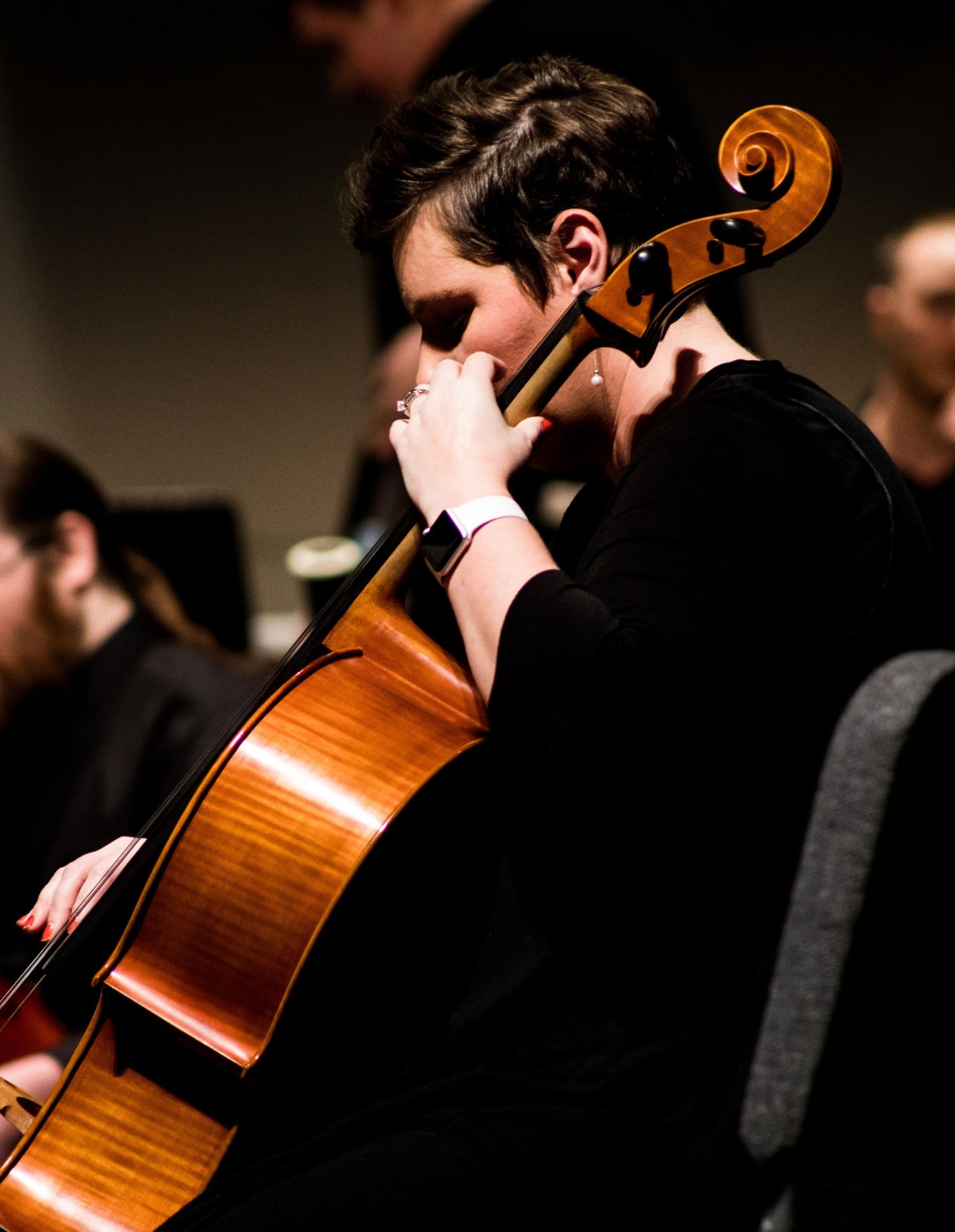THE AMS GUIDE TO BEST PRACTICES
PRESENTER TYPES
An event that features an audience observing or participating in a presentation (typically live, but also includes film). Venue agnostic, a performance may occur on a stage, in a lobby, in a backstage rehearsal space, in a courtyard, etc. Performances may or may not be ticketed and may or may not require a designated seat.
While a performance typically aligns with a PAC’s mission of delivering an observable cultural art experience, non-performance events can include other utilizations of the PAC space beyond mission service. These uses may include private rentals (weddings, parties, corporate events, volunteer recognition ceremonies, etc.)
An event that features an audience observing or participating in a live presentation that is funded and promoted by the Center. Most importantly, the Center controls most of the costs and revenues from such an event.
Rental presenters may include non-profit organizations or commercial entities. Financial arrangements with rental presenters often include house services but may or may not include ticketing and retail. PACs should do everything possible to track attendance and ticket sales for these presenters.
Most often an arts organization whose rent is either fully or partially subsidized by the PAC. A resident company may also be the beneficiary of PAC marketing and PR activity on its behalf. Resident Company agreements often include priority access to the PAC calendar. Ticketing arrangements and splits vary.
VENUES
Use-days represent an approach to understanding an individual venue’s utilization and are applied in whole-day increments. Utilization is organized into a hierarchy based on revenue-generation and each of a year’s 365 days receives one single ranking which represents that day’s highest level of use.
The first distinction separates between used and unused—usually referred to as ‘dark.’ If the venue is not dark, utilization for a given day falls into one of the following four categories. If there is more than one utilization type in a single day, the day is classified as the highest-ranking.
For example, if a venue hosts a load-in as well as a performance on the same day, that day would be classified as a performance day.
Generally, revenue-generating activity and may include more than one performance. If a single day includes a load-in and a performance, the day is considered a performance day.
Generally, revenue-generating, days may attain this utilization label when the venue is dark during a run. The PAC may not offer the venue to another renter or present themselves, but no performance takes place.
Generally, revenue generating, rehearsal days suggest facility use absent of ticketed performance. May require stagehands and security.
Generally, revenue generating, tech days may include load-in or out as well as non-rehearsal performance-related activity.
FINANCIAL
A measure of the level of direct economic activity generated by the nonprofit arts and culture industry in addition to event-related expenditures by their audiences (indirect impact) during a given time period. Economic impact also includes the number of jobs generated, as well as revenue to local, state and federal governments.
All earned plus unearned operating revenues (excludes non-operating revenues)
Sum of all earned revenues (includes endowment draw and other investment earnings used in operations)
Sum of all unearned revenues (excludes endowment earnings not used in operations)
Ticket revenue plus other revenues related to all programming types, including rental revenue (Center productions, presentation, Broadway and education)
All operational expenses (excludes depreciation expense and all other non-operational expenses), including personnel cost
Institutional marketing costs plus all production-related marketing and advertising
- The sum of the following expenses:
- Security
- Regular cleaning & maintenance
- Annual cleaning & maintenance
- Insurance
- Utilities
The sum of general administration related to programming, production costs, advertising & marketing costs and artist fees across all programming types (Center productions, presentation, Broadway and education)
ACTIVITY
Like a performance, event constitutes a more generic reference to staged or non-staged episodes. A Broadway matinee is considered an event but so is a meeting, lecture, educational in-service, etc.
One unique staged event in front of an audience. Performances may be ticketed or non-ticketed. A run constitutes multiple performances of the same show many nights (or days) in a row.
Count of all individual performances in a given time period. Example: a two-week run of a Broadway show may consist of 16 performances.
The net square foot measure of the buildings which contain performance venues. For purposes of standardization, we do not count parking lots or adjacent non-performance facilities.
Count of total tickets sold plus comps. If an event is non-ticketed, the PAC should record a headcount as accurately as reasonably achievable. For instance, if the event takes place in a large open area without gated access, headcount would be an estimate.
Typically, the number of usable fixed seats in all active venues where ticketed activity takes place (excludes alternative venues like lobbies and plazas as well as venue seats that are not allocated for sale or comps by Box Office). As seating capacity can fluctuate, we recommend recording the range from minimum to maximum over a season.
Calculated as
The sum of available seats all venues. Since venues have unique seat counts, this calculation requires us to first determine the number of available seats per venue, then take the sum of those subtotals. See example below.




